Art and culture
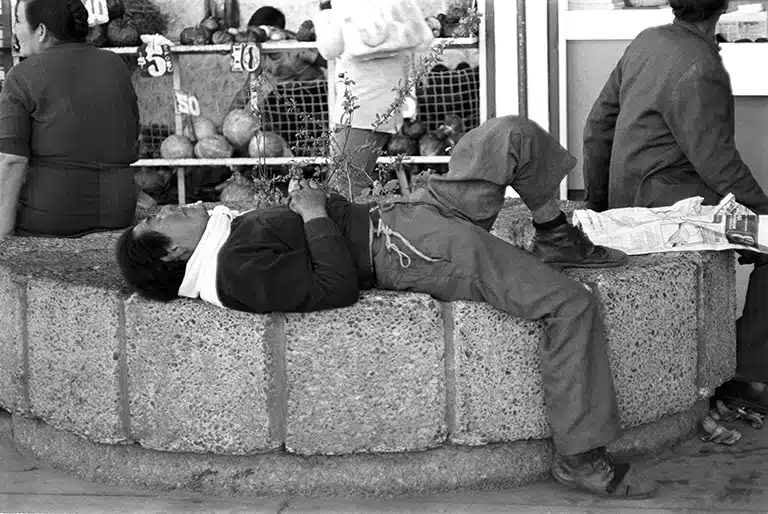
Paz Errázuriz. Dare to Look
– 05
Milton Keynes Gallery (London, UK)
Transgression. Respect. Humanity.
Self-taught, Chilean photographer Paz Errazuriz began her career in the 1970s. Under the political regime of the time, her photographic projects broke the rules by depicting spaces and environments dominated by marginalization, confinement, and characters whose behavior was outside the norm or the established order.
The lack of freedom of movement in a country under a dictatorship from 1973 to 1990 prompted the photographer to look for the reasons behind the confinement of certain people. She repeatedly visited the Philippe Pinel Psychiatric Hospital in Putaendo, where she found people neglected by their own families. There, her eye focused on the human bonds and romantic relationships formed in the psychiatric ward.
She has also turned her attention to the world of prostitution and the social infantilization that affects the elderly.
This artist’s courageous gaze reveals the most hidden aspects of everyday life in Chile, working closely with her subjects and building relationships based on trust and mutual respect.
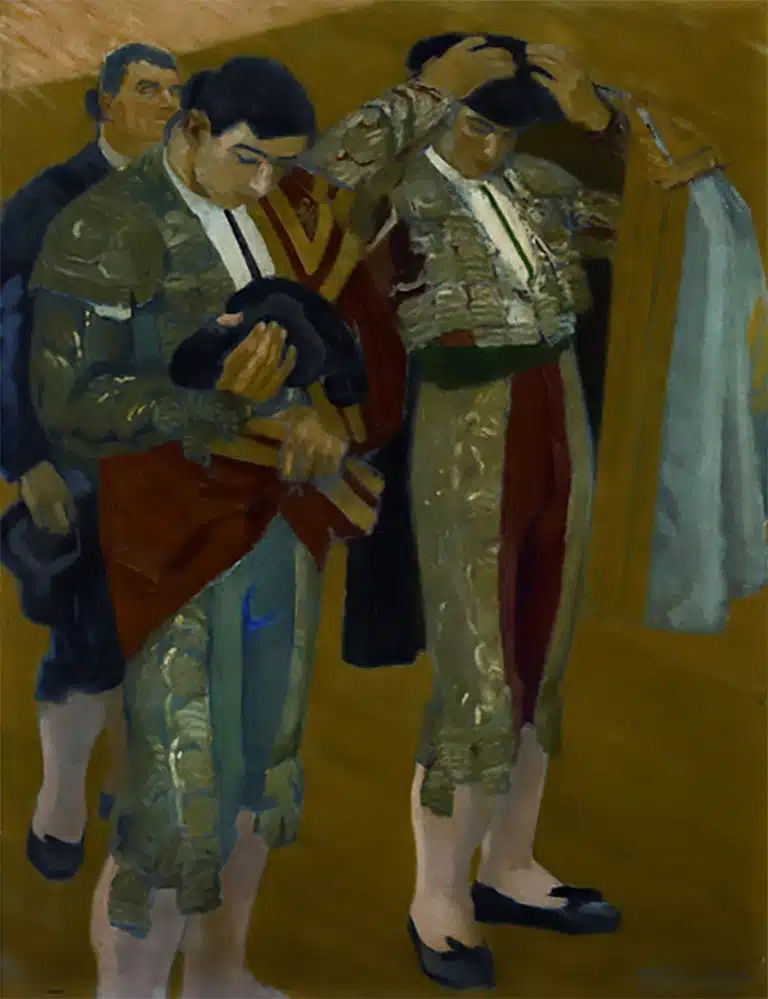
Daniel Vázquez Díaz and new painting in Spain. Fundación MAPFRE collections
– 28
Gustavo de Maeztu Museum (Estella, Navarre)
Arte nouveau. Vanguardism. Modernity.
Daniel Vázquez Díaz (1882-1969) was interested in painting from a very young age. At the Ateneo de Sevilla, he met Ricard Canals, Ignacio Zuloaga, and Francisco Iturrino, who would influence his early works. After spending time in Madrid, he moved to Paris in 1906, where he lived for nearly twelve years. There he became acquainted with Spanish artists like Ignacio Zuloaga, Joaquim Sunyer, Hernén Anglada Camarasa, Juan de Echevarría, Pablo Picasso, and Juan Gris, among others, and immersed himself in the work of Paul Gauguin, Paul Cézanne, and Pierre-Auguste Renoir through the art dealer Ambroise Vollard.
When he settled permanently in Madrid in 1918, Vázquez Díaz’s work was recognized by critics as what has come to be known as tempered Cubism, which draws on the post-Impressionist legacy of Cézanne and his constructive approach combined with the use of color in expansive, faceted planes.
His pre-Spanish Civil War work is one of the most interesting chapters in the artistic and cultural landscape of a country that was trying to forge its own path into modernity.

Henri Cartier-Bresson
Behind Saint-Lazare Station, Plaza de Europa, Paris, France,1932
© Henri Cartier-Bresson/Magnum Photos
Henri Cartier-Bresson. Watch! Watch! Watch!
– 25
Photo Arsenale Wien (Vienna, Austria)
Timeless. Observant. Instinctive.
Henri Cartier-Bresson (1908 – 2004), was a photojournalist, artistic photographer and portraitist, he crafted timeless compositions and shaped the style of later generations of photographers. In 1947, he founded the Magnum photo agency alongside Robert Capa, George Rodger and David “Chim” Seymour.
A patient and silent observer, yet nimble and expeditious, the artist captured scenes of people and key events in 20th-century history, earning him the nickname “the eye of the century”. With his talent for finding the “decisive moment”, he captured spontaneous encounters and situations and became one of the most important representatives of street photography. His works, many of which have become iconic today, depict, as if he were an anthropologist, some of the most important events of the 20th century.
With a diverse and varied oeuvre, the exhibition presented by Fundación MAPFRE traces his entire career; from his beginnings, influenced by Surrealism and the New Vision, through photojournalism, where some of his lesser-known reports from the 1960s are particularly noteworthy, to the intimate style of his later years.
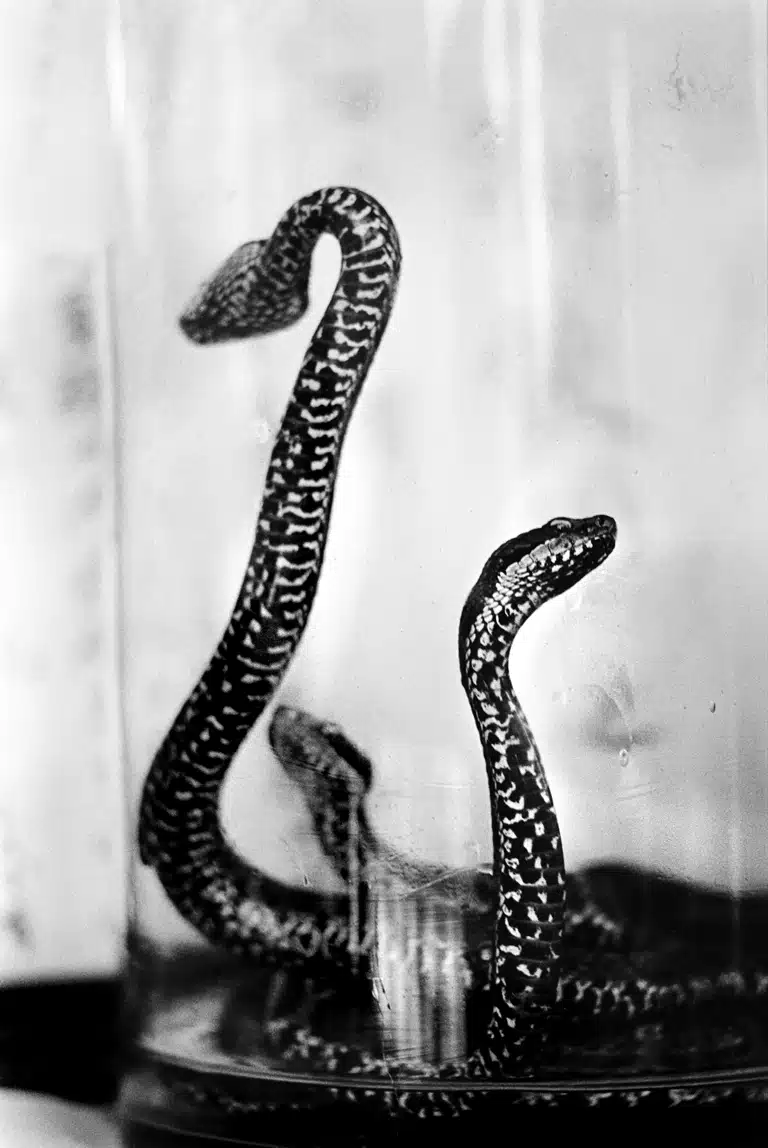
Christer Strömholm
Tokyo, 1961
© Christer Strömholm Estate
Christer Strömholm
– 30
Fundación Tony Catany (Llucmajor, Mallorca)
Humanism. Commitment. Social document.
In Mallorca, Fundación MAPFRE is presenting a retrospective exhibition on the photographer Christer Strömholm (Stockholm, 1918-2002), one of the most emblematic European photographers of the post-war period, whose work, imbued with humanism and social commitment, has a certain documentary character.
From a very young age, Strömholm traveled extensively around the world. After the war, in 1947, he returned to Paris, where he realized that photography allowed him to express himself in line with his desired style. From that moment on, he never stopped taking pictures. In his own words: “I don’t take photographs, I create images. That’s what I’ve done all my life.”
Strömholm finds valuable messages in everything, even in the most humble of objects, to which he gives meaning and resonance through his photographs, which are simply an extension of his own life.


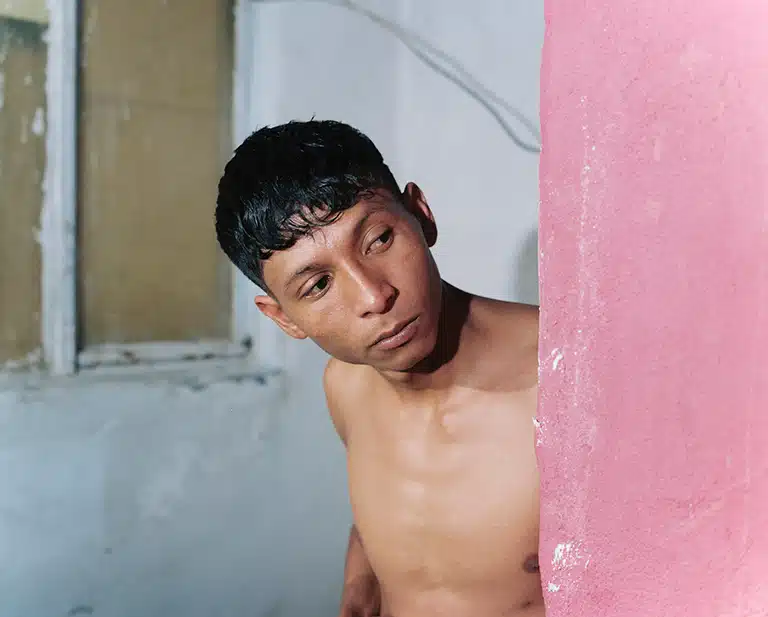
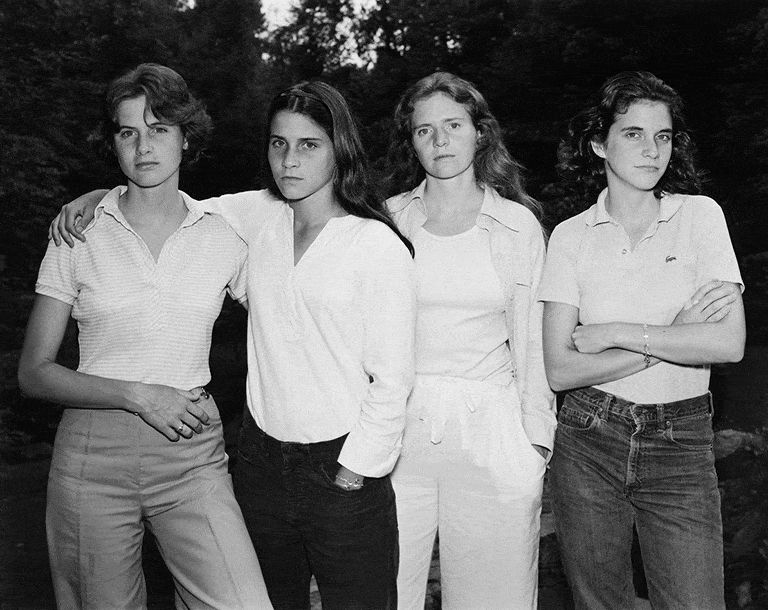
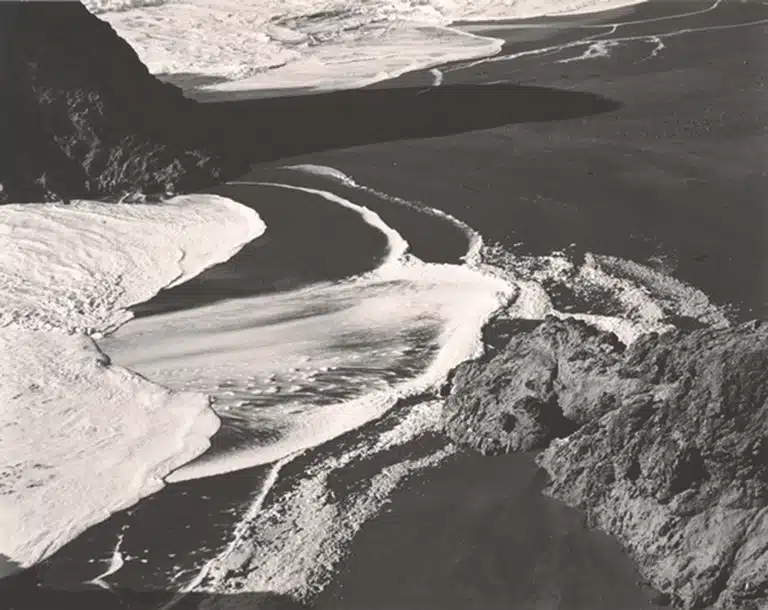
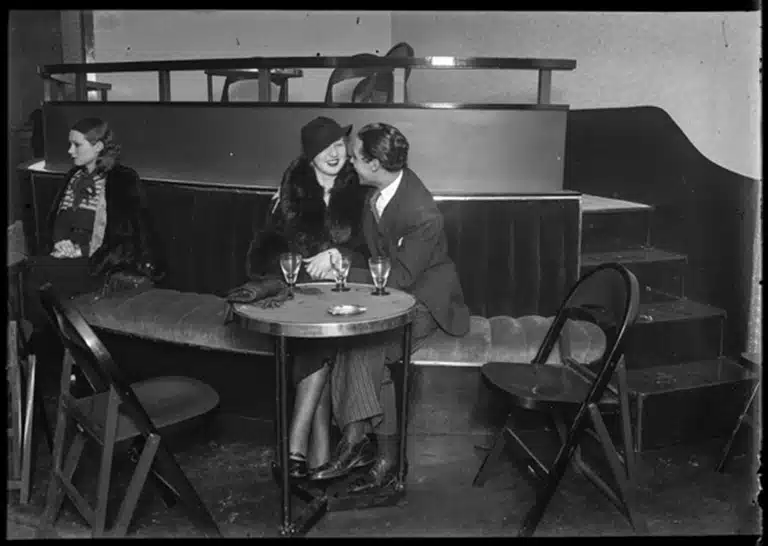















![🔎 Georges d’Espagnat (Melun, 1870-París, 1950) fue pintor, ilustrador y escenógrafo. Tras cursar el bachillerato se instaló en París para formarse como pintor. Sin embargo, pronto abandonaría la formación académica y se convertiría en un artista autodidacta. Pasaría entonces mucho tiempo en el Louvre, donde estudió sobre todo a Peter Paul Rubens y Eugène Delacroix. 🎨 Sus primeras exposiciones tuvieron lugar en la galería Le Barc de Boutteville hasta que, en 1898, tras conocer a Paul Durand-Ruel, comenzó a presentar sus obras en la galería de este. Viajó por Italia, Portugal, Sicilia y Marruecos y visitó con frecuencia a Auguste Renoir en la Costa Azul. Al tiempo que experimentaba con la iluminación y el color extremos en sus paisajes, Georges d’Espagnat no abandonó su gusto por las escenas intimistas de carácter decorativo que traslucen una serenidad que nos remite a muchas de las obras que pintó su admirado Renoir. 📌 Recuerda que puedes disfrutar de esta obra como parte de la exposición ‘Paul Durand-Ruel y los últimos destellos del impresionismo’, en nuestras Salas Recoletos de Madrid, hasta el 5 de enero de 2025 🗓️ #DurandRuelFM
#DurandRuelEnDetalle Georges d'Espagnat
Les guides [Las riendas], c. 1899 (Detalle)
Óleo sobre lienzo
Colección particular
Photo Archives Durand-Ruel © Durand-Ruel & Cie.
© Georges D' Espagnat, VEGAP, Madrid, 2024](https://scontent-lhr8-2.cdninstagram.com/v/t51.29350-15/466681468_538004145672216_3683913526770464946_n.jpg?_nc_cat=101&ccb=1-7&_nc_sid=18de74&_nc_ohc=OWZjhWomLJIQ7kNvgEpKEj3&_nc_zt=23&_nc_ht=scontent-lhr8-2.cdninstagram.com&edm=ANo9K5cEAAAA&_nc_gid=A7bKlR0XPIOFbThnTVJh2V7&oh=00_AYC4NU3PXWNbz_9lt8oE2JGZxzoczakhLA7hVtx6ZfojDQ&oe=67563A90)







